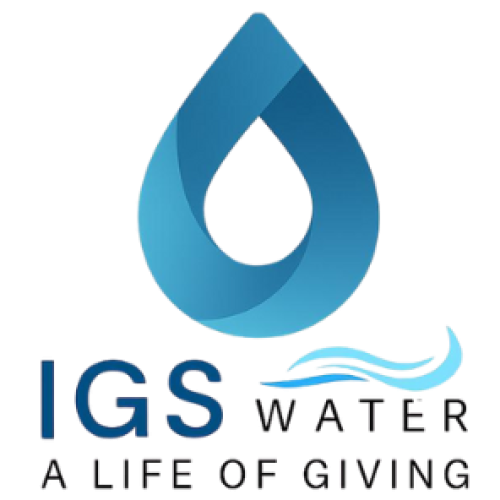In water treatment—whether for lakes, ponds, agriculture, aquaculture, or industrial systems—aeration plays a crucial role in maintaining oxygen levels, water quality, and biological health. For years, traditional aeration methods like surface aerators, diffused air systems, and mechanical agitation have been the go-to solutions.
But today, a new contender is making waves: nanobubble technology.
So how do nanobubbles stack up against traditional aeration? Let’s explore both methods in terms of functionality, cost, benefits, and limitations to help you decide what’s best for your specific water treatment needs.
⚙️ How Traditional Aeration Works
Traditional aeration systems introduce air (mostly oxygen) into water through:
- Paddle wheels
- Air stones and diffusers
- Surface or submersible aerators
- Venturi injectors
These methods help increase dissolved oxygen (DO) by creating large bubbles that rise quickly and release gas into the surrounding water.
How Nanobubble Aeration Works
Nanobubbles are tiny gas bubbles—less than 200 nanometers in diameter—that stay suspended in water for long periods instead of rising and bursting like traditional bubbles. They:
- Remain stable and penetrate deeper into water
- Collapse to release energy and reactive oxygen species
- Carry oxygen or other gases like ozone
The result? More efficient oxygen delivery, cleaner water, and deeper-reaching impact.
| Feature | Traditional Aeration | Nanobubble Aeration |
|---|---|---|
| Bubble Size | Millimeters to millimeters | <200 nanometers (invisible) |
| Oxygen Transfer Efficiency | Moderate (10–40%) | High (up to 90%) |
| Reach in Water Column | Mostly surface or upper levels | Deep penetration, uniform distribution |
| Lifespan of Bubbles | Seconds | Hours or days |
| Energy Efficiency | High energy consumption | More efficient at lower energy input |
| Maintenance | Frequent (mechanical parts, clogging) | Minimal (non-mechanical, compact design) |
| Additional Benefits | Aeration only | Biofilm removal, algae control, pathogen reduction |
| Initial Cost | Lower upfront cost | Higher upfront cost |
| Operating Cost | Ongoing electricity & maintenance costs | Lower long-term costs (less maintenance, chemicals) |
| Application Versatility | Aeration-focused | Aeration + water treatment + bioenhancement |
💰 Cost Considerations
- Traditional Aeration is cheaper to install, especially for small-scale or short-term use.
- Nanobubbles may require a higher initial investment (especially if integrating ozone or oxygen systems), but lower long-term costs due to reduced chemical usage, water clarity improvements, and energy efficiency.
🌊 Choose Nanobubbles If:
- You want high-efficiency oxygenation
- You need to treat algae, biofilm, or pathogens
- You’re aiming for chemical-free, sustainable water management
- You operate in aquaculture, agriculture, or industrial recycling

